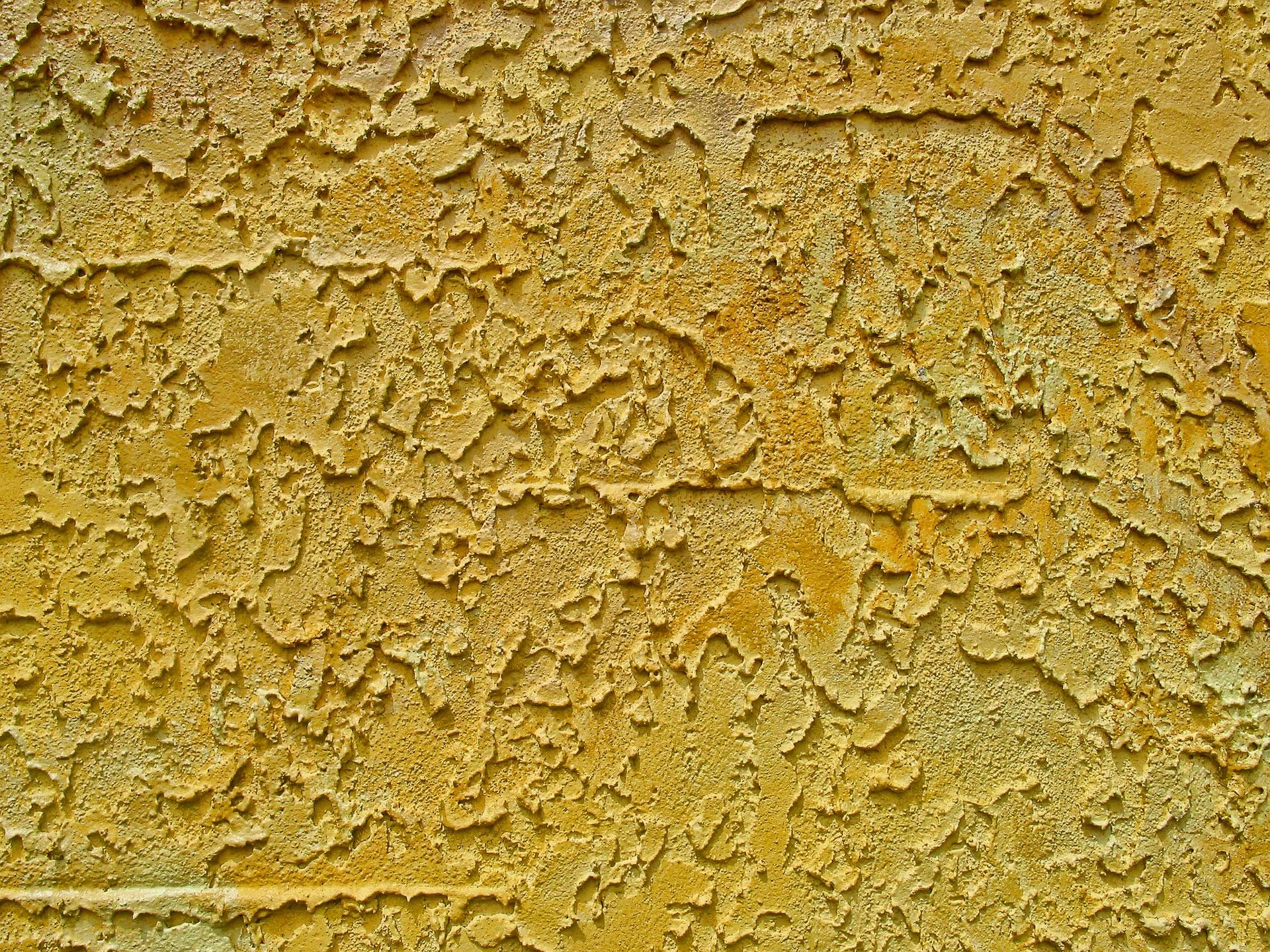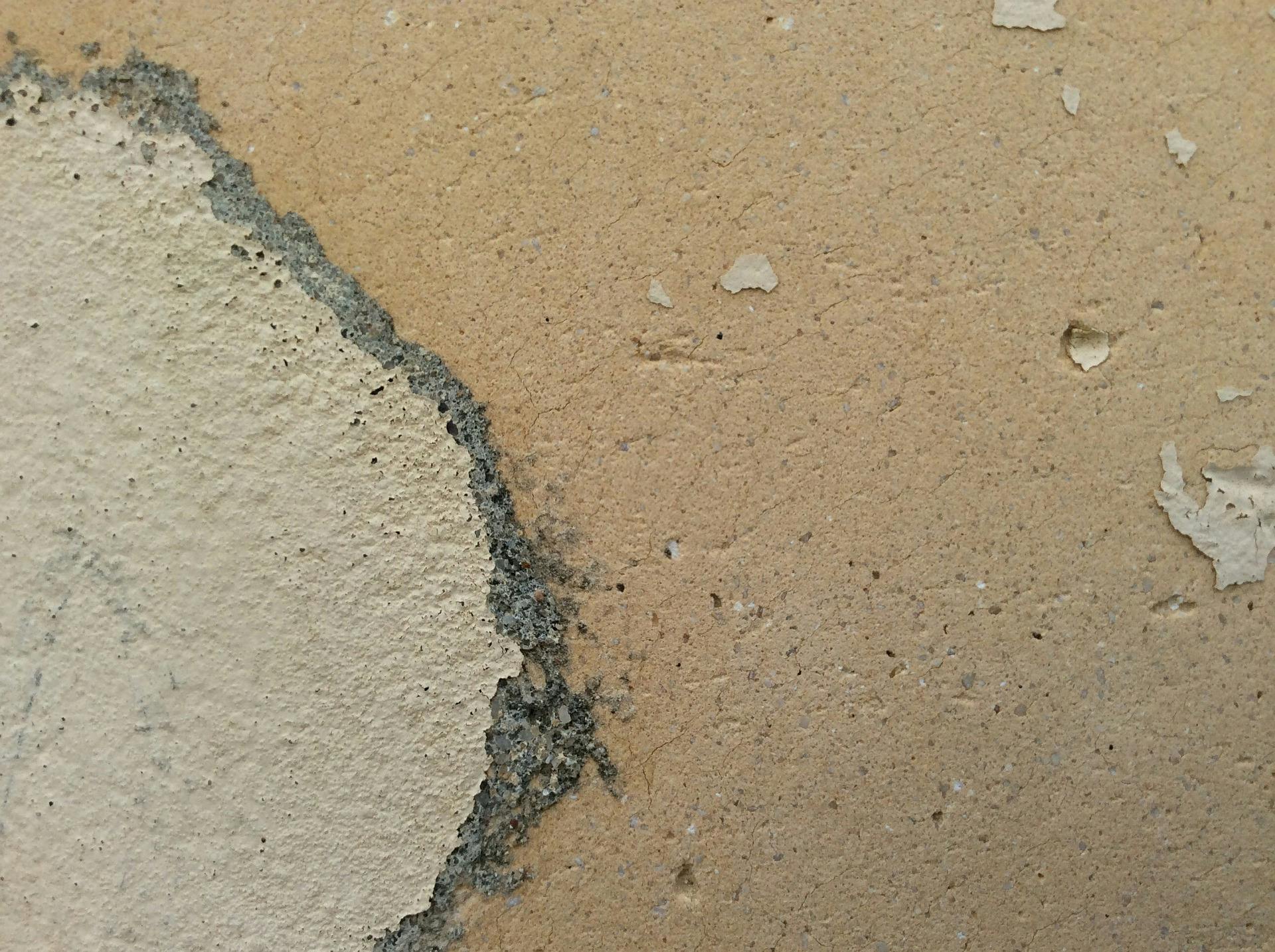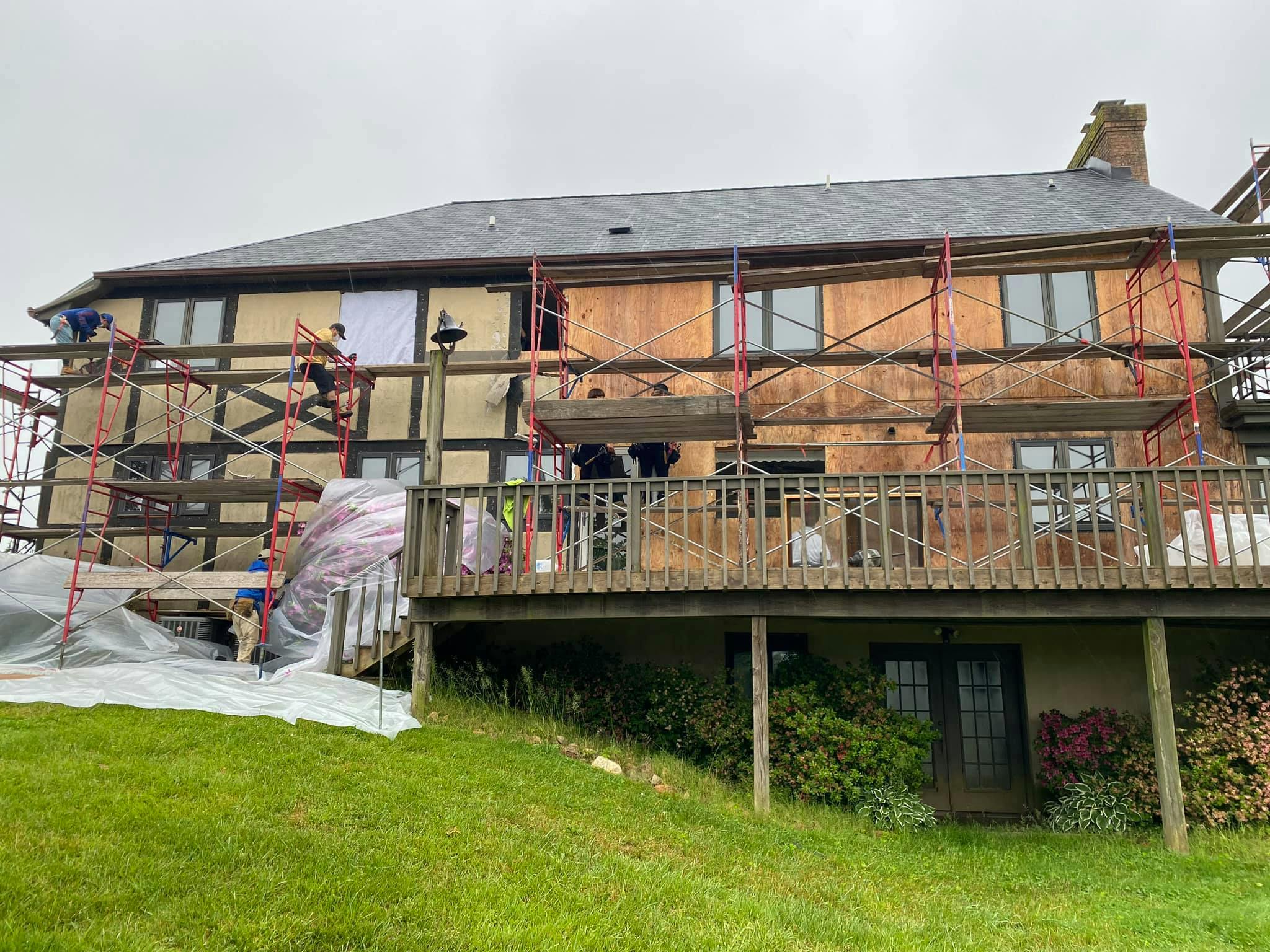
Stucco is an exceptionally durable home siding material. When properly maintained, it can last for upwards of 50 years. However, many homeowners fail to maintain their stucco correctly because of a simple misunderstanding. They think it will be a lot of work for a negligible benefit.
In fact, maintaining stucco is relatively easy. It involves simple cleaning a few times a year, repainting and resealing every few years, regular inspections every year, and minor repairs as issues arise. And the benefit is that your home can stay protected for decades.
However, there will come a time when simple maintenance isn’t enough. When it does, remediation can make the exterior of your home look and function like new.
Cleaning Exterior Stucco Walls
A simple cleaning can go a long way toward keeping your stucco in good shape. And when your stucco is in good shape, the interiors of your walls will be better protected against moisture damage such as rotting, mold, and mildew.
When cleaning your stucco, begin by rinsing the wall gently with a garden hose. This should be done starting at the bottom of the wall and working your way up. After allowing the wall to sit for a bit, you’ll work your way back down the wall at a higher pressure.
If you’re looking for a deeper clean, you can use dish soap and a stiff-bristle brush to gently clean away dirt during the second phase going down the wall. You can also use a power washer for more pressure than a hose provides. However, make sure the pressure isn’t so high that it damages the stucco.
It’s a good idea to clean one wall or face of your home at a time so they do not completely dry between your initial rinsing and the second phase of the cleaning.
Cleanings should be performed a handful of times throughout the year, such as once per season.
Repainting and Resealing Stucco

Every few years, you should have your stucco repainted and resealed. Both the paint and sealant serve as protective layers, stopping some moisture and dirt from being absorbed into the surface.
Over time, paint and sealant can degrade, be worn away, and otherwise become damaged. Along with causing your stucco to begin to look worse for wear, this degradation will open your walls up to further damage. If not fixed and maintained, the damage will continue to get worse until remediation is needed.
There are also certain paints, such as elastomeric paints, that can bridge small cracks in the stucco. This prevents moisture from entering through the cracks and further damaging your walls.
Regular Stucco Inspections
Stucco inspections look for signs of issues with your stucco installation and should be performed yearly in order to catch any problems before they get worse. You can even perform basic visual inspections yourself. Simply look for cracking, crumbling, mold, holes, and other damage on the surface of your stucco.
If you notice anything amiss, you should hire a stucco contractor to perform a more in-depth inspection. Stucco contractors know what to look for and so may be able to spot additional issues that you missed. They also know the signs of moisture intrusion that can be difficult to notice for the untrained eye.
And, a stucco contractor can use additional, invasive methods to determine if there’s underlying damage – and the extent of that damage – within your walls.

What does a Stucco Inspection Involve?
Learn more about the types of stucco inspections and how they are performed.
Repairing Minor Damage
If your visual inspection uncovers minor cracks, chips, or blemishes, you may be able to repair them yourself. Purely cosmetic damage may only require a bit of new paint. However, keep in mind that the patch of fresh paint may be noticeable if you opt not to repaint the entire building.
For hairline cracks, caulking can be an effective treatment. This will reseal the crack, preventing water from getting in.
Cracks that have been left unrepaired for too long may have already allowed water to seep into the wall. If this is the case, you will need professional help as simply resealing the cracks with caulk will not fix the underlying damage.
Additionally, any damage that is more major than minor cracks will need to be repaired by professionals. For example, if there is a web of cracks present on one of your walls, it’s a sign that something serious is going on beneath the surface.
Is It Time for Remediation?

Is your stucco old, damaged, or improperly installed and allowing moisture to build up within your walls? While simple maintenance and repairs can protect your stucco home for decades, they are not much help once the damage has gotten past the surface.
In such cases, you’ll need complete remediation of your stucco. Remediation involves completely removing the current stucco, fixing any underlying damage within the walls, and properly installing new layers of stucco.
Hire a Stucco Professional in Pennsylvania
When maintenance and minor repairs alone are no longer enough to keep your stucco in good condition, it’s time to hire a professional stucco contractor. Contact Friel Exteriors today for an inspection of your home and to schedule a remediation if needed.




